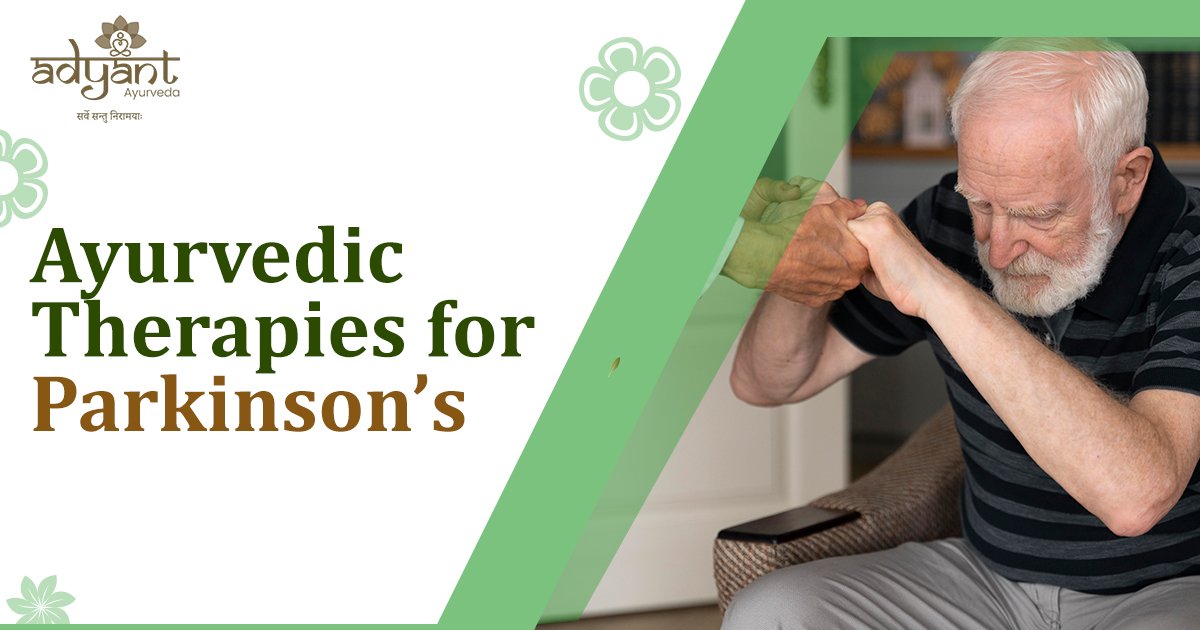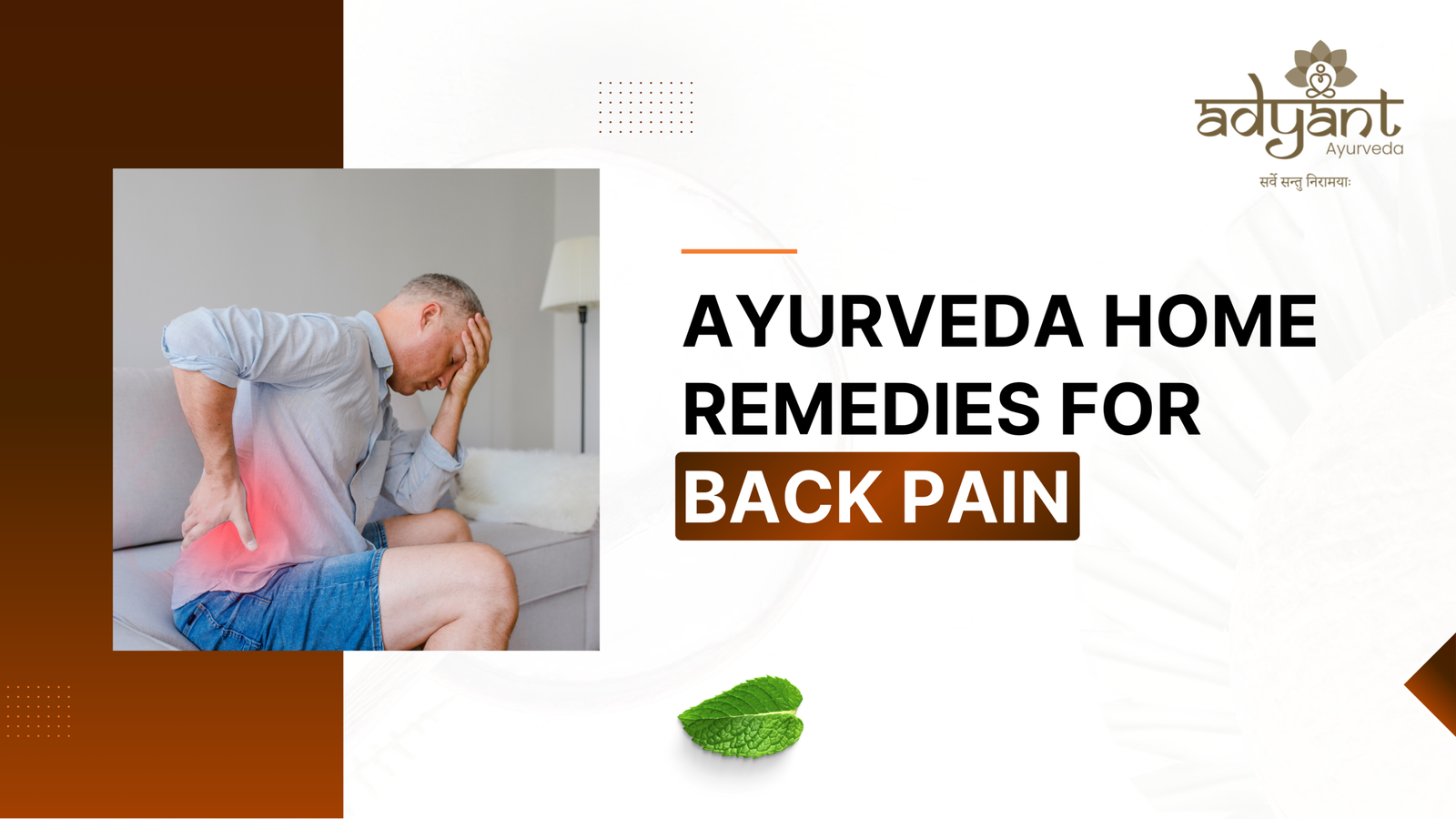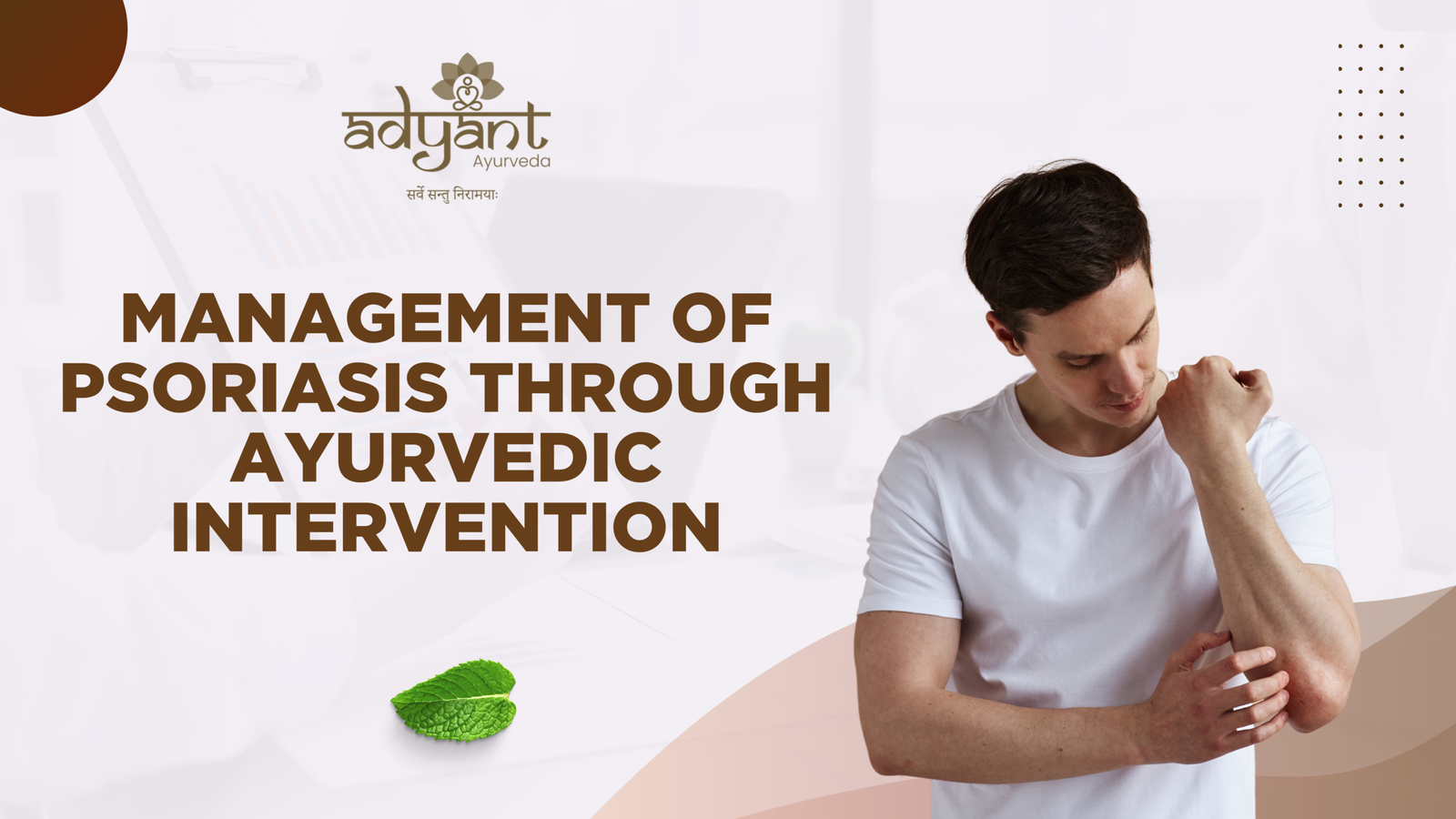Ayurvedic Treatment for Parkinson’s Disease: A Holistic Approach
Parkinson’s Disease (PD) is a progressive neurodegenerative disorder that affects movement, balance, and coordination. It primarily occurs due to the gradual loss of dopamine-producing neurons in the brain. Conventional treatments focus on managing symptoms through medications, but they often come with side effects. Ayurveda, the ancient system of holistic healing, offers a natural and sustainable approach to managing Parkinson’s by addressing the root causes rather than just symptoms.
In this blog, we explore how Ayurveda perceives Parkinson’s disease, its causes, symptoms, and various effective Ayurvedic treatments, including herbal remedies, Panchakarma therapies, diet, and lifestyle modifications.
Understanding Parkinson’s Disease
Causes of Parkinson’s Disease
While modern medicine attributes Parkinson’s to dopamine depletion, Ayurveda offers a deeper understanding of its root causes:
- Vata Dosha Imbalance – The excess of Vata leads to the degeneration of tissues, affecting the nervous system and causing tremors and rigidity.
- Dhatu Kshaya (Tissue Degeneration) – The loss of essential bodily tissues, especially Majja Dhatu (bone marrow and nervous tissues), results in neurodegeneration.
- Oxidative Stress & Mitochondrial Dysfunction – Increased oxidative stress damages neurons, contributing to PD progression.
- Neuroinflammation – Chronic inflammation leads to impaired nerve function and movement disorders.
- Ama Accumulation (Toxin Buildup) – Poor digestion leads to toxin accumulation in the body, which can impair neurological functions.
Symptoms of Parkinson’s Disease
- Motor Symptoms:
- Tremors (shaking hands, fingers, or legs)
- Muscle stiffness and rigidity
- Slowed movement (bradykinesia)
- Impaired balance and posture
- Non-Motor Symptoms:
- Sleep disturbances
- Depression and anxiety
- Cognitive impairment
- Constipation and digestive issues
Ayurvedic Perspective on Parkinson’s Disease (Kampavata)
In Ayurveda, Parkinson’s disease is correlated with Kampavata, a condition caused by aggravated Vata Dosha. The depletion of Ojas (vital energy) and imbalance in Prana Vata and Majja Dhatu leads to tremors, stiffness, and mobility issues. Ayurvedic treatment focuses on balancing Vata, nourishing nerve tissues, detoxifying the body, and enhancing brain function.
Ayurvedic Treatments for Parkinson’s Disease
1. Panchakarma Therapy for Detoxification
Panchakarma is a set of Ayurvedic detoxification therapies that help eliminate accumulated toxins and restore dosha balance.
- Abhyanga (Therapeutic Oil Massage) – Improves circulation, relaxes muscles, and reduces stiffness.
- Shirodhara (Oil Pouring on the Forehead) – Calms the nervous system and enhances dopamine function.
- Basti (Medicated Enema) – Cleanses the colon, which is linked to Vata regulation and neurological health.
- Nasya (Nasal Therapy) – Herbal oils administered through the nose to enhance brain function and reduce tremors.
- Pizhichil (Oil Bath Therapy) – Helps in deep tissue nourishment and reducing muscle rigidity.
2. Ayurvedic Herbs for Parkinson’s Disease
Ayurveda uses powerful herbs to strengthen the nervous system and enhance brain function:
- Ashwagandha (Withania somnifera) – Reduces stress, improves nerve function, and enhances motor control.
- Brahmi (Bacopa monnieri) – Enhances cognitive function and memory.
- Mucuna Pruriens (Kapikacchu) – A natural source of L-Dopa, it improves dopamine levels and reduces tremors.
- Shankhapushpi – Helps in mental clarity and nerve regeneration.
- Guggulu (Commiphora mukul) – Reduces inflammation and detoxifies the body.
- Turmeric (Curcumin) – Contains anti-inflammatory and neuroprotective properties.
3. Diet Recommendations for Parkinson’s Disease
A balanced diet helps in reducing symptoms and preventing further neurodegeneration:
- Foods to Include:
- Warm, fresh, and easy-to-digest meals
- Ghee (clarified butter) for nerve nourishment
- Nuts and seeds rich in Omega-3 (flaxseeds, walnuts)
- Fresh fruits and vegetables (especially spinach, carrots, and berries)
- Herbal teas (Brahmi tea, Ashwagandha tea)
- Foods to Avoid:
- Processed and packaged foods
- Excess caffeine and alcohol
- Spicy, dry, and cold foods that aggravate Vata
- Excess salt and sugar
4. Lifestyle & Yoga for Parkinson’s Disease
Maintaining an Ayurvedic lifestyle with yoga and meditation helps manage Parkinson’s symptoms effectively.
- Yoga Asanas for Parkinson’s:
- Tadasana (Mountain Pose) – Improves posture and balance
- Vrikshasana (Tree Pose) – Enhances coordination
- Dandasana (Staff Pose) – Strengthens the spine and nerves
- Shavasana (Corpse Pose) – Reduces stress and calms the nervous system
- Pranayama (Breathing Techniques):
- Bhramari (Humming Bee Breath) – Reduces anxiety and improves focus
- Nadi Shodhana (Alternate Nostril Breathing) – Balances brain function
- Daily Routine (Dinacharya) Recommendations:
- Wake up early and perform oil massage (Abhyanga) with sesame oil
- Drink warm water with lemon to aid digestion
- Practice meditation to reduce stress and anxiety
- Sleep early and maintain a regular sleep cycle
FAQs on Ayurvedic Treatment for Parkinson’s Disease
1. Can Ayurveda cure Parkinson’s disease completely?
While Ayurveda cannot completely cure Parkinson’s, it can significantly slow disease progression, improve quality of life, and reduce dependency on medications.
2. How long does it take to see results with Ayurvedic treatment?
Results vary based on the individual’s condition, but improvements can be observed within 3-6 months of consistent Ayurvedic treatment.
3. Are there any side effects of Ayurvedic treatment?
Ayurvedic treatments are natural and safe when administered by a qualified practitioner. However, self-medication should be avoided.
4. Is Panchakarma necessary for treating Parkinson’s?
Yes, Panchakarma is highly beneficial as it detoxifies the body and restores dosha balance, improving nervous system function.
Final Thoughts: A Holistic Approach to Managing Parkinson’s
Ayurveda provides a promising approach to managing Parkinson’s disease by addressing the root cause and promoting overall well-being. By combining herbal remedies, Panchakarma therapies, dietary modifications, and yoga, individuals with Parkinson’s can lead a healthier and more balanced life.
At Adyant Ayurveda, we specialize in personalized Ayurvedic treatments for neurodegenerative disorders. Our expert doctors provide customized therapies to help patients regain mobility, reduce symptoms, and improve their quality of life.
Book a Consultation Today!
If you or a loved one is struggling with Parkinson’s disease, contact Adyant Ayurveda at 9972541009 for expert guidance and holistic treatment.
You can also read: Best Ayurvedic treatment for Parkinson’s








